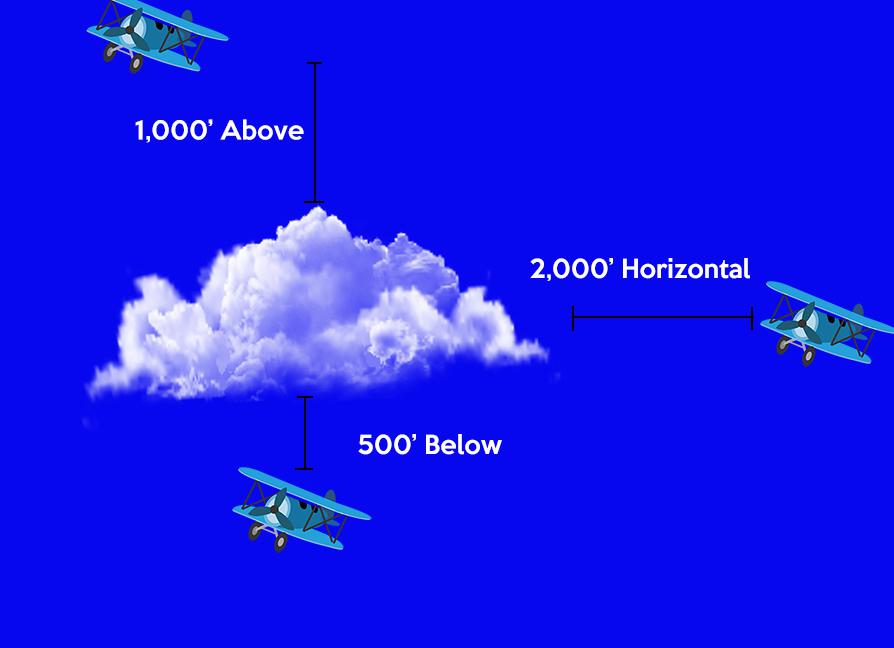Basic Private Pilot Ground School
-
Lesson 1: Your First Flight6 Topics|1 Quiz
-
Lesson 2: Maneuvers and the Traffic Pattern6 Topics|1 Quiz
-
Lesson 3: Understanding the Wind and Turns6 Topics|1 Quiz
-
Lesson 4: AOA, Stalls, and Other Scary Things5 Topics|1 Quiz
-
Lesson 5: Ground Reference, Maneuvers, and FARs4 Topics|1 Quiz
-
Lesson 6: Building Good Landings5 Topics|1 Quiz
-
Lesson 7: The Less Busy Airspace: G, E, D3 Topics|1 Quiz
-
Lesson 8: Class A, B, and C Airspace: The Busier Side of the Sky4 Topics|1 Quiz
-
Lesson 9: Flying Blind and Performance Calculations4 Topics|1 Quiz
-
Lesson 10: Soft and Short Field T.O.'s + Landings4 Topics|1 Quiz
-
Lesson 11: Start Your Engines: Engines, Systems, and Instruments6 Topics|1 Quiz
-
Lesson 12: Weight and Balance, Navigation Systems4 Topics|1 Quiz
-
Lesson 13: Luck with Weather6 Topics|1 Quiz
-
Lesson 14: Your First SOLO!2 Topics|1 Quiz
-
Lesson 15: VFR Charts and Navigation5 Topics|1 Quiz
-
Lesson 16: Weather Charts and Services6 Topics|1 Quiz
-
Lesson 17: Aeromedical Factors, ADM, FARS5 Topics|1 Quiz
-
Lesson 18: Flying at Night3 Topics|1 Quiz
-
Lesson 19: Cross Country Flight Planning4 Topics|1 Quiz
-
Lesson 20: Test Prep5 Topics|2 Quizzes
Class E Airspace
The Everywhere Airspace
Echo airspace is the most common type of airspace you will encounter, no matter where it is you fly in the country. You will find Echo airspace below 18.000′ msl everywhere that either Class B, C, D, or G airspace does not occupy.
Echo airspace is controlled airspace, but does not typically have a operating control tower associated with it. Instead Echo airspace is airspace that ATC has control over usually via Radar coverage, and can issue clearances for pilots to go into the Echo airspace who are flying under IFR (instrument flight rules) or flying under Special VFR. When you are flying under VFR (Visual Flight Rules), which you will be flying under 99.9% of the time as a private pilot, you do not need a clearance to enter into Class E airspace.
Requirements
- No specific equipment requirements
- Basic VFR minimums are 3sm visibility, 500′ below clouds, 1,000′ above clouds, 2,000′ horizontal from clouds. When you are flying above 10,000′ msl the MINIMUMS BECOME: 5SM VISIBILITY, 1,000′ BELOW CLOUDS, 1,000′ ABOVE CLOUDS, 1SM HORIZONTAL FROM CLOUDS.
- Again, don’t sweat every detail of the VFR minimums, just REMEMBER the numbers 91.155 (that’s where you look it up in the FAR/AIM during your checkride).
- Remember 3-152’s or Three – One Fifty Two’s (like 3 Cessna’s) 3-152s stands for 3sm, 1,000′ above, 500′ below, 2,000′ Horizontal.

